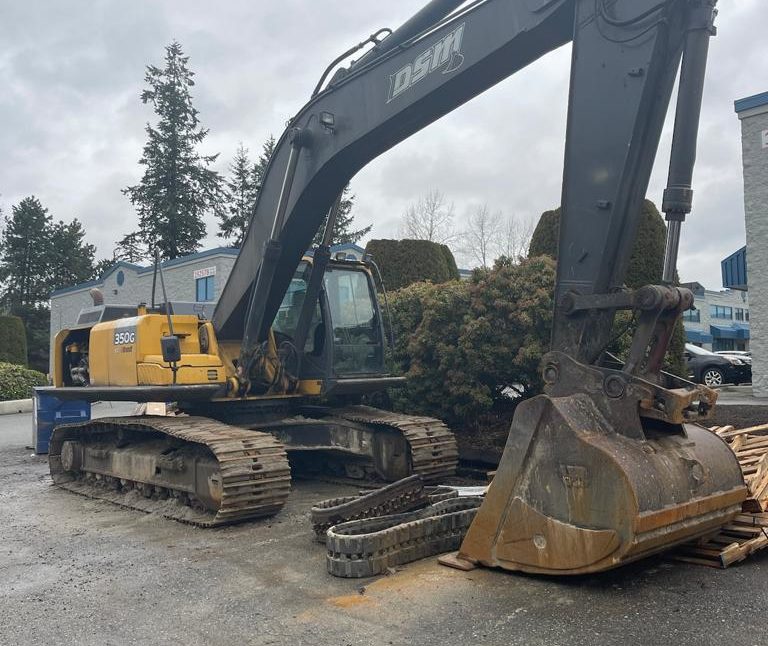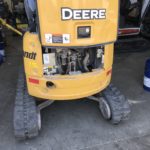Step-by-Step Guide for Heavy Machinery Repair
Introduction:
A guide to Heavy machinery repair is vital in various industries, from construction to manufacturing. However, like any mechanical equipment, these machines are susceptible to wear and tear, breakdowns, and malfunctions. Performing timely repairs is crucial to ensure the smooth operation and longevity of heavy machinery. This comprehensive guide will walk you through the step-by-step process of repairing heavy machinery, empowering you to handle common issues effectively and safely.
Assessment and Safety Precautions
Before diving into the repair process, it is essential to thoroughly assess the machinery’s condition and take necessary safety precautions.
1. Safety First
1.1. Personal Protective Equipment (PPE): Wear appropriate PPE, including helmets, safety glasses, gloves, steel-toed boots, and ear protection, to safeguard against potential hazards.
1.2. Lockout-Tagout (LOTO): Ensure the machinery is de-energized and locked out to prevent accidental startup during repairs. Use lockout-tagout devices to secure energy sources and communicate the equipment’s status.
1.3. Area Inspection: Inspect the work area for any hazards, such as debris, loose wires, or slippery surfaces. Clear the surroundings to create a safe working environment.
Diagnosing the Issue
Identifying the problem accurately is the first step toward an effective repair. Diagnosing the issue helps avoid unnecessary maintenance and ensures targeted efforts.
2. Examination of Machinery
2.1. Visual Inspection: Inspect the machinery to identify any visible damages, leaks, or loose components.
2.2. Error Codes and Diagnostics: Many modern heavy machinery systems have built-in error code displays or diagnostic tools. Utilize these resources to identify specific issues and error messages.
2.3. Listening to Sounds: Pay close attention to any unusual sounds during operation, such as grinding, knocking, or screeching, as they can provide valuable clues to the underlying problem.
If you want to check our process, click here.
Gathering Necessary Tools and Parts
Once the problem is diagnosed, gather the required tools and replacement parts to streamline the repair process.
3. Tool Preparation
3.1. Tool List: Make a checklist of the tools needed for the repair, including wrenches, screwdrivers, pliers, hammers, and specialized equipment.
3.2. Replacement Parts: Order or procure the necessary replacement parts in advance to minimize downtime during the repair.
3.3. Maintenance Manual: Refer to the machinery’s maintenance manual for specific instructions and diagrams related to the repair.
4. Disassembly
4.1. Shut Down Properly: Turn off the machinery and follow the proper shutdown procedures mentioned in the maintenance manual.
4.2. Component Removal: Disassemble the machinery carefully, keeping track of the order in which components are removed. Take photos or use labels if needed to aid in reassembly.
4.3. Inspection: Examine the removed components for damage, wear, or signs of malfunction. Clean or replace parts as necessary.
5. Repair or Replacement
5.1. Repairs: Fix minor issues, such as loose connections or damaged wires, by following the guidelines in the maintenance manual. Perform any required welding, grinding, or machining tasks with precision.
5.2. Replacement: Install the new replacement parts, ensuring they match the specifications provided by the manufacturer.
6. Reassembly
6.1. Assembly Order: Reassemble the machinery in the reverse order of disassembly, referring to the photos or labels if available.
6.2. Torque Settings: Pay attention to the specified torque settings for bolts and nuts during reassembly to avoid over-tightening or under-tightening.
Testing and Maintenance
After completing the repair and reassembly, thorough testing and routine maintenance are necessary to ensure the machinery’s optimal performance.
7. Testing
7.1. Functional Test: Test the machinery in a safe environment to verify that the repair has resolved the issue and that all components are functioning correctly.
7.2. Load Test: If applicable, perform a load test to evaluate the machinery’s performance under typical working conditions.
8. Routine Maintenance
8.1. Schedule: Establish a regular maintenance schedule to prevent future breakdowns and ensure the machinery’s longevity.
8.2. Lubrication: Keep the machinery well-lubricated per the manufacturer’s recommendations to reduce friction and wear.
Conclusion:
Repairing heavy machinery requires a systematic approach, from assessing the issue to completing the repair and conducting routine maintenance. Following safety precautions, diagnosing the problem accurately, and utilizing the appropriate tools are crucial for successful repairs. By mastering these step-by-step guidelines, you can effectively repair heavy machinery and contribute to its efficient and safe operation in various industries. When in doubt, always consult the maintenance manual or seek professional assistance to avoid potential risks.


